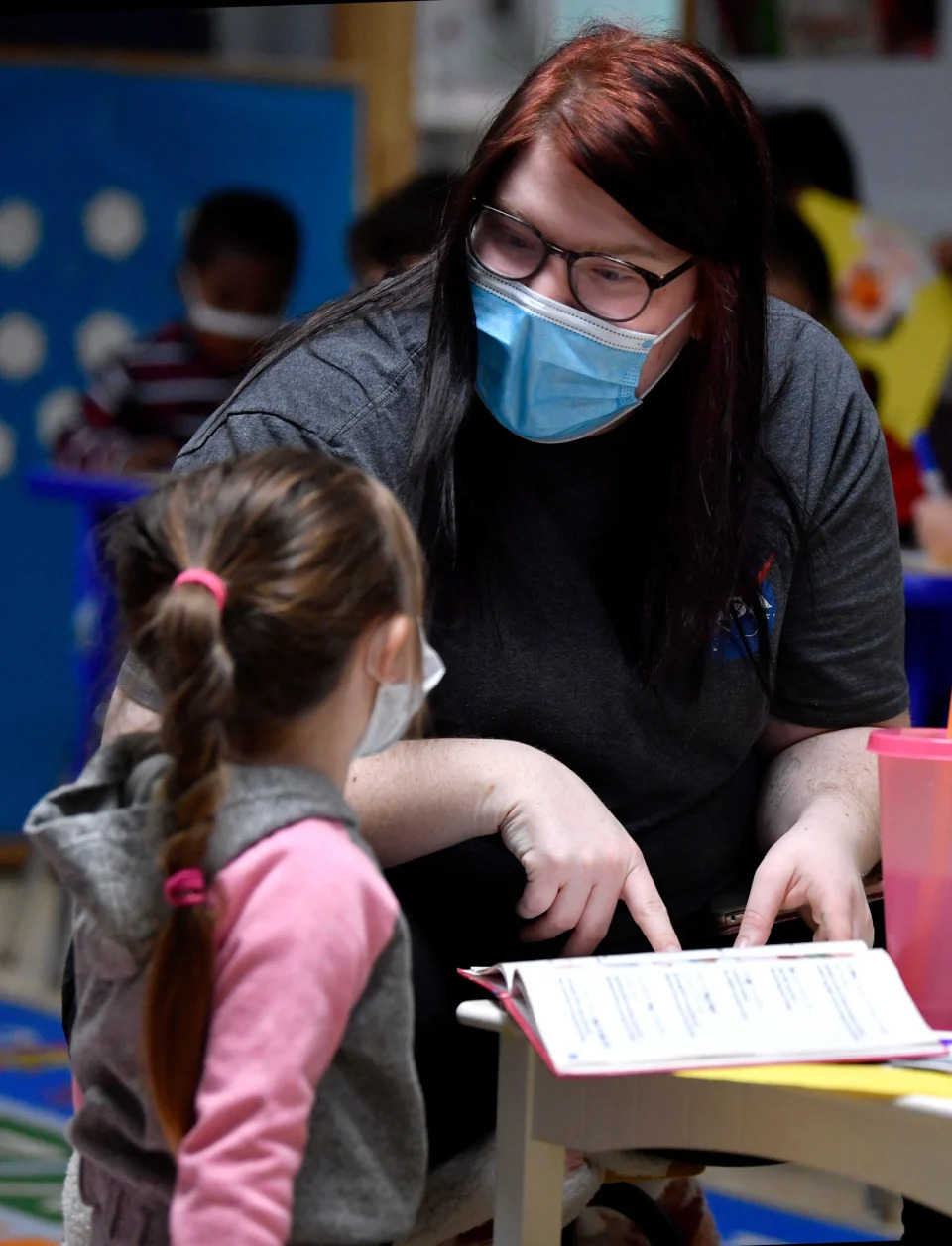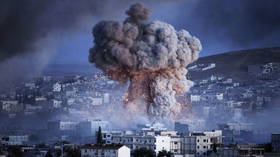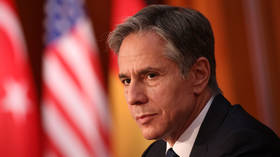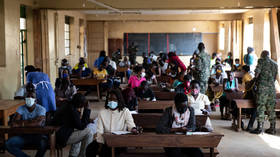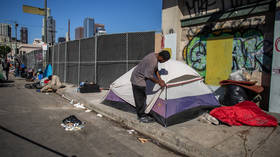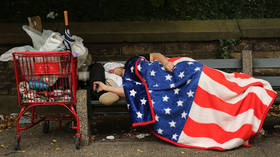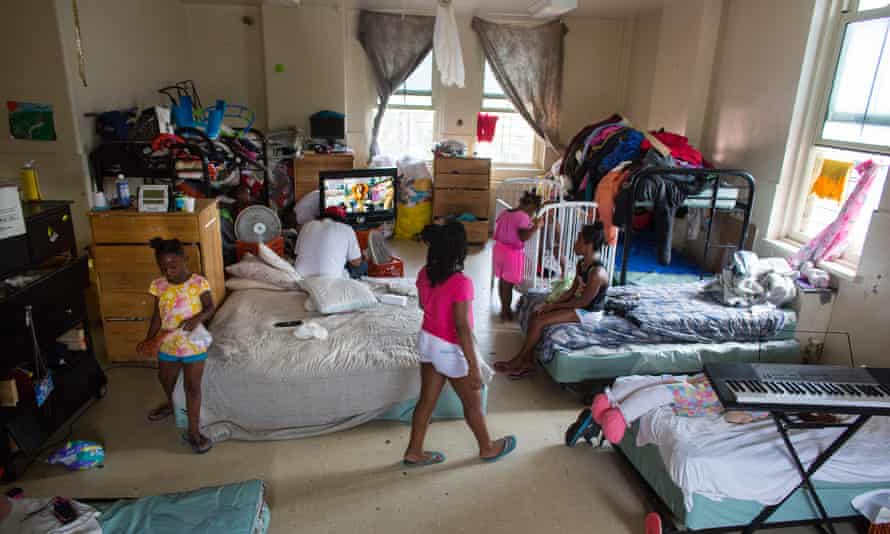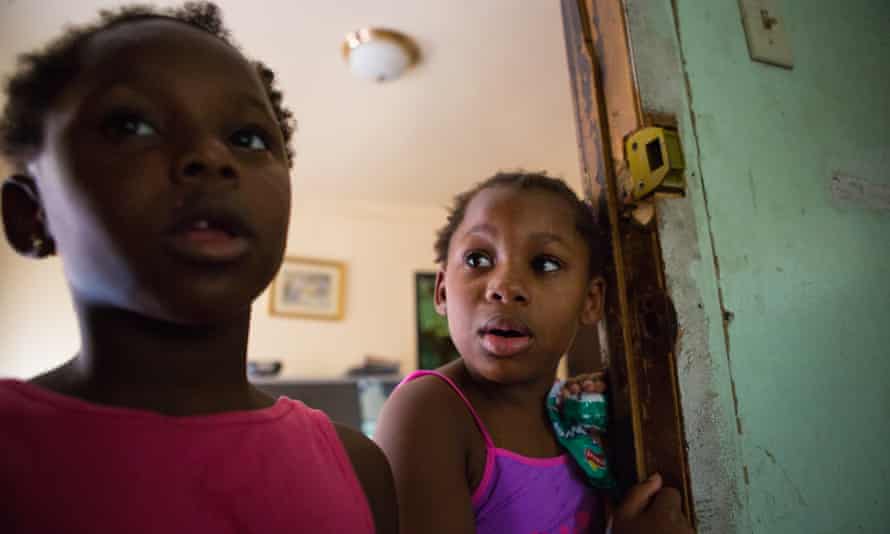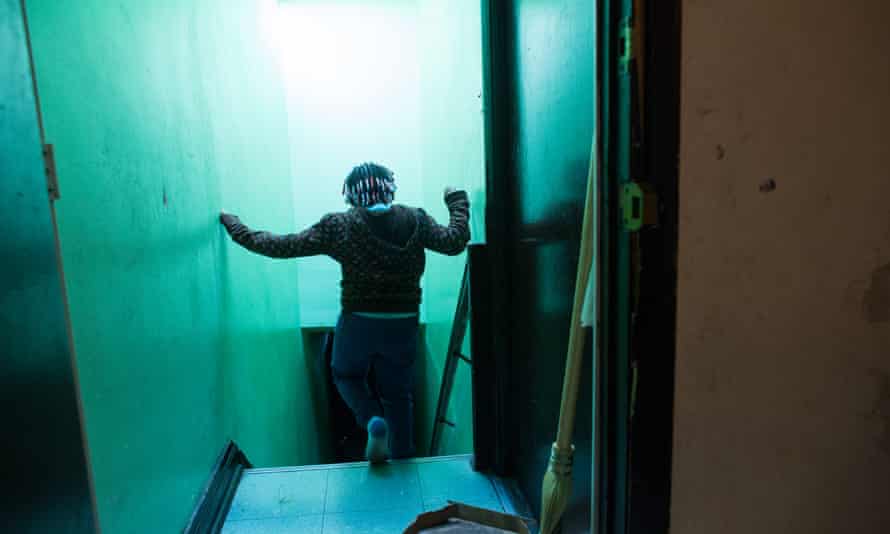USA
Omicron closing day care centers in droves as parents are 'just trying to stay afloat'
If you’re a working parent with young kids, chances are the new year hasn’t been as happy as you’d hoped. Omicron is raging, guidance is constantly changing, vaccines aren't approved for little children and coronavirus test kits are in short supply.
Reliable, affordable child care options are scarce. Centers cancel classes or close altogether as employees call in sick or leave their jobs. COVID-19 cases crop up at day cares, where internal spread used to be somewhat limited.
“You had so many programs that were under the impression that they weathered the worst of the storm,” said Rhian Evans Allvin, CEO of the National Association for the Education of Young Children. “Now they're back in program-delivery crisis, and they're back in economic crisis.”
How does COVID-19 affect me? Don’t miss an update with the Coronavirus Watch newsletter.
It's hard to quantify how widespread child care disruptions are. Data is hard to come by because the sector is essentially composed of a bunch of small businesses. The statistics that do exist – supported by mounting complaints on social media, flurries of texts between working parents and interviews from around the country – suggest closures are again on the rise after months of relative stability. They're driven by the surge in COVID-19 cases and staffing issues.
One such statistic comes from Zach Parolin, a professor of social policy at Italy’s Bocconi University. Since the start of the pandemic, he and his co-researcher used anonymized cellphone data from more than 40 million users to track visits to schools and child care centers in the USA. When the total number of monthly visits to a child care center is more than 50% lower than it was in 2019, the researchers count that as a disruption.
Last month, 28% of formal child care centers experienced a decline of at least that much , according to the researchers' dataset. That was the highest rate since June.
‘I have to just put my career on hold'
Monica Cox, mother of a 3-year-old in Ohio, said it feels like she’s running a day care out of her home. She never expected she’d be at this stage in her life – in her 40s, a distinguished professor of engineering, a small-business owner – spending so many workdays caring for a toddler. Her son’s actual day care center is winding down its latest closure in a string of several due to positive cases.
Cox and her husband, a teacher, must coordinate their busy schedules so they can take care of their toddler when he can't be at day care. They often end up taking sick days. Cox, who works from home, has grown accustomed to working in the early mornings and late evenings, so she can tend to her son during the day. She admitted her work performance has suffered.
“Something is telling me not to push myself at a level that I used to push myself because I don't know how long I have to sustain this,” she said.
Taylor Sims’ daughter Eleanor was born prematurely with a heart issue in April 2020 and hadn’t spent much time around other children until last fall. That's when Sims and her husband decided, in consultation with their doctor, that it was safe enough to enroll Eleanor in day care. Sims, a graduate student at the University of Michigan, was relieved she’d finally have some time to make progress on her history doctorate – she’d had to postpone its completion.
She and her husband, a pastor and adjunct professor, settled on day care three days a week partly because of the cost. Three days was better than nothing. “Day care is really the only place she goes to protect our work time,” she said.
Looking back, Sims said three days feel like a luxury: Eleanor has spent almost half of those days at home. Some days, she woke up with a runny nose – a typical toddler affliction – which often meant the family had to seek a coronavirus test and await results, per health guidelines and day care rules or out of abundance of caution.
On other days, staffing issues or positive cases forced the day care to cancel classes, including this week and right before Christmas. (The center, like many providers, technically subscribes to a 10-day quarantine period rather than the revised guidance from the Centers for Disease Control and Prevention, but “it’s all a little ad hoc,” Sims said.)
“It's day by day, not knowing if it's going to be open,” Sims said. “If she can't go on Tuesday, it's like, ‘OK, I hope she can go tomorrow.’ Before we know it, the week is over.” The missed class time amounts to lots of wasted money: Their university-subsidized tuition is charged monthly, whether Eleanor attends class or not.
K-12 schools have 'test-to-stay': What about day care centers?
It also amounts to a harsh reality that, Sims has begun to accept, is here to stay.
“I’m definitely not making progress (on my Ph.D.) – I’m just trying to stay afloat,” Sims said. “I have to just put my career on hold. There's no other way to phrase it. My husband is super accommodating, but his job is the one that pays the bills. Mine's not. So I’m trying to triage in that way and be realistic that this isn't ending any time soon.”
Day care disruptions hurt economy
At the height of the pandemic's shutdowns, more than 2 in 3 of the country’s formal child care centers were closed or operating at reduced capacity, according to Parolin’s data. Disruptions lessened, reaching their lowest rates in the pandemic last summer. That continued until December, as the omicron surge took off, though disruption rates are still just a fraction of what they were in April 2020.
All the while, child care's economic crisis continued to brew.
According to data collected last fall by the University of Oregon’s RAPID-EC project, which surveys families about issues such as well-being and child care, 1 in 5 parents said they experienced disruptions to their child care, whether through a home-based provider or a center. More than two-thirds of those disruptions happened because the provider didn’t have enough staff.
Child care workers have long been overburdened and underpaid, contributing to high turnover in the industry even before the pandemic. Limited public investment in early learning has meant many providers are either in debt or charge tuition rates that are out of reach for middle-income families. Few centers can afford to pay their workers more than minimum wage, let alone give them health insurance.
“Child care was already on incredibly unstable footing well before the pandemic,” said Lily Roberts, the managing director for economic policy at the Center for American Progress, a left-leaning think tank.
Some economists argue the “Great Resignation” is a misnomer. Rather, it’s “the Great Upgrade.”
“People are not resigning their jobs, by and large, to sit at home – that's not financially possible for families,” Roberts said. “What they're doing is they're finding work where they feel safer. They're finding work that pays better. They're finding work where they have more control over the hours.”
There's a consequence: “It leads to gaps in the workforces that they're leaving behind,” Roberts said. “And it's a really challenging cycle for people who are on the receiving end of those services” – services such as child care and people such as parents who need it.
Women, who tend to take on the brunt of parenting duties, have left the workforce in droves since the start of the pandemic. Women’s participation in the workforce, according to the latest jobs report, is at the lowest rate it's been since 1991.
Child care problems have skyrocketed during COVID-19: Women have paid the price.
The American Rescue Plan, a federal package of coronavirus relief, allocated $39 billion for child care, most of it in the form of “stabilization funds” that could be used for expenses ranging from payroll to protective masks. That cash infusion, which is running out, wasn’t a permanent answer to instability in the sector, Roberts said. In a survey conducted last summer, nearly half of providers said they would’ve probably closed without help, including the Paycheck Protection Program and COVID-19 relief money.
Disruptions could hit families even harder now that they no longer receive monthly deposits as part of Biden’s $1.9 trillion relief package, which expanded the child tax credit. The program expired last month after Congress failed to extend it.
You can still get child credit on your tax return: Look out for this IRS letter.
Research suggests those payments helped reduce food insecurity and increased families’ ability to pay down debt. They helped soften the toll of child care disruptions, whether because parents used them to pay for emergency babysitting or offset the lost wages from taking off work.
The child care sector will continue free-falling, experts said, unless there’s a concerted, national effort to elevate early learning and raise the wages of its workers.
“We can't just keep patching over a system that's not working,” Roberts said. “We need to really infuse that system with money and programs that make it a real right in this country to have access to child care.”
Working parents were already scrambling: Then COVID-19 made child care deserts even worse.
